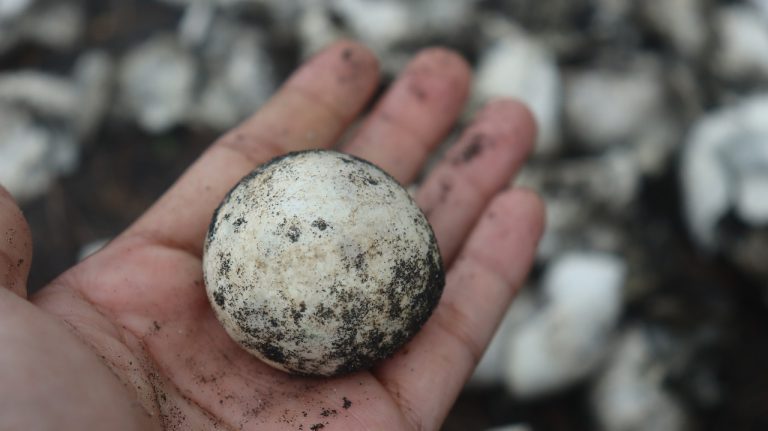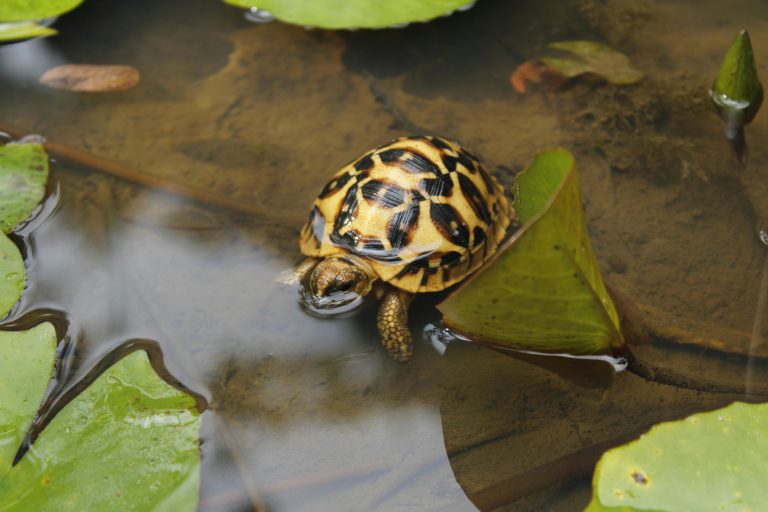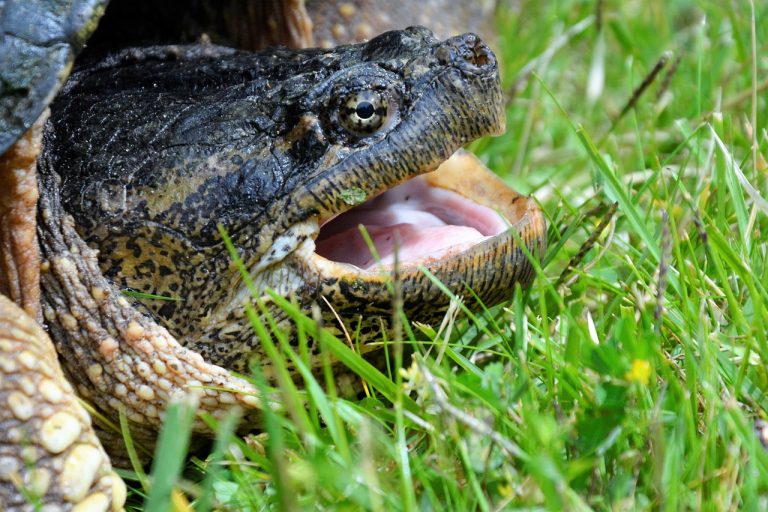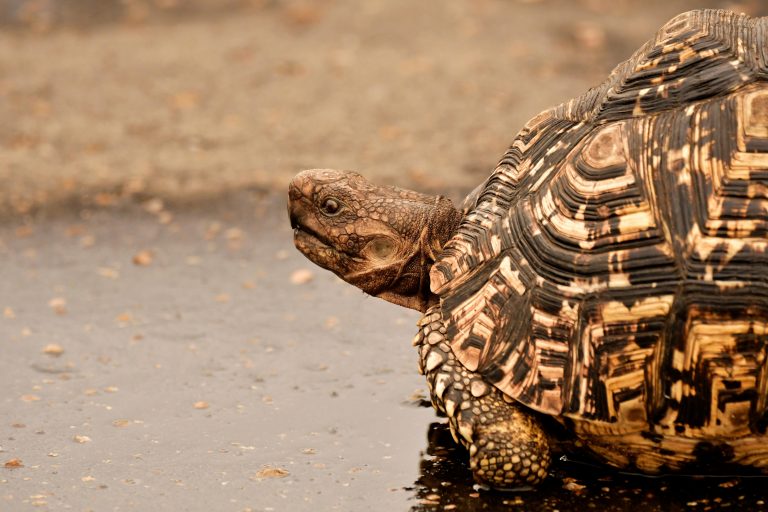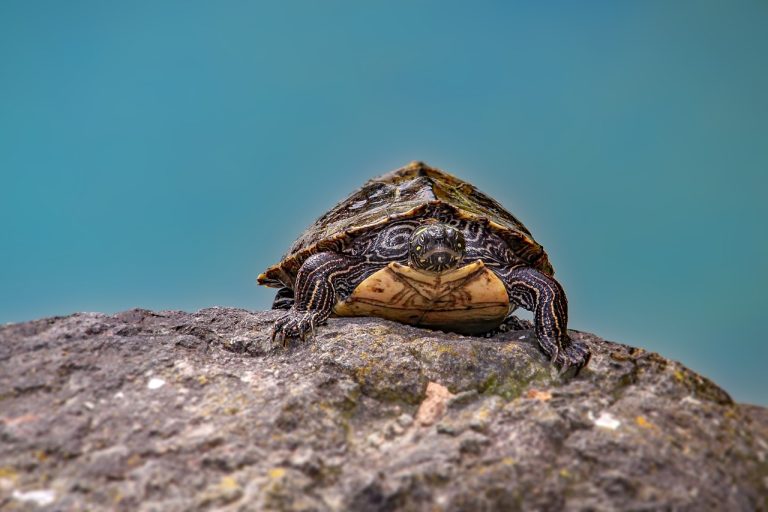8 Fascinating Turtle Behaviors Explained: Understanding Your Pet Better
Navigating the world of turtles can often evoke a love-hate dynamic; you either adore these enigmatic creatures or find their lack of expressiveness disconcerting. Yet, for those captivated by their serene demeanor, this article unveils some intriguing turtle behaviors.
Turtles may seem messy and discerning eaters, yet beneath their shells lies an exceptional memory, capable of retaining details for up to 18 months. While they possess omnivorous tendencies, with age, many turtles gravitate towards a vegetarian diet.
Given their reserved nature, deciphering turtle behaviors often requires a keen research mindset. This article aims to simplify the process, shedding light on perplexing behaviors that may baffle novice owners. Keep reading to unravel the mysteries of these remarkable reptiles.
Key Takeaway:
- Turtles boast a lineage stretching back 200 million years, a testament to their enduring presence on Earth.
- UV-B rays play a vital role in a turtle’s hygiene regimen, effectively sterilizing the germs collected on their shells.
- Despite their proficiency in water, turtles remain susceptible to drowning, underscoring the importance of providing safe aquatic environments.
- Turtles’ innate curiosity can lead to tank messes as they explore their surroundings and investigate objects.
- Pet turtles are long-lived companions, with some species capable of reaching up to 50 years of age, emphasizing the commitment required in their care.
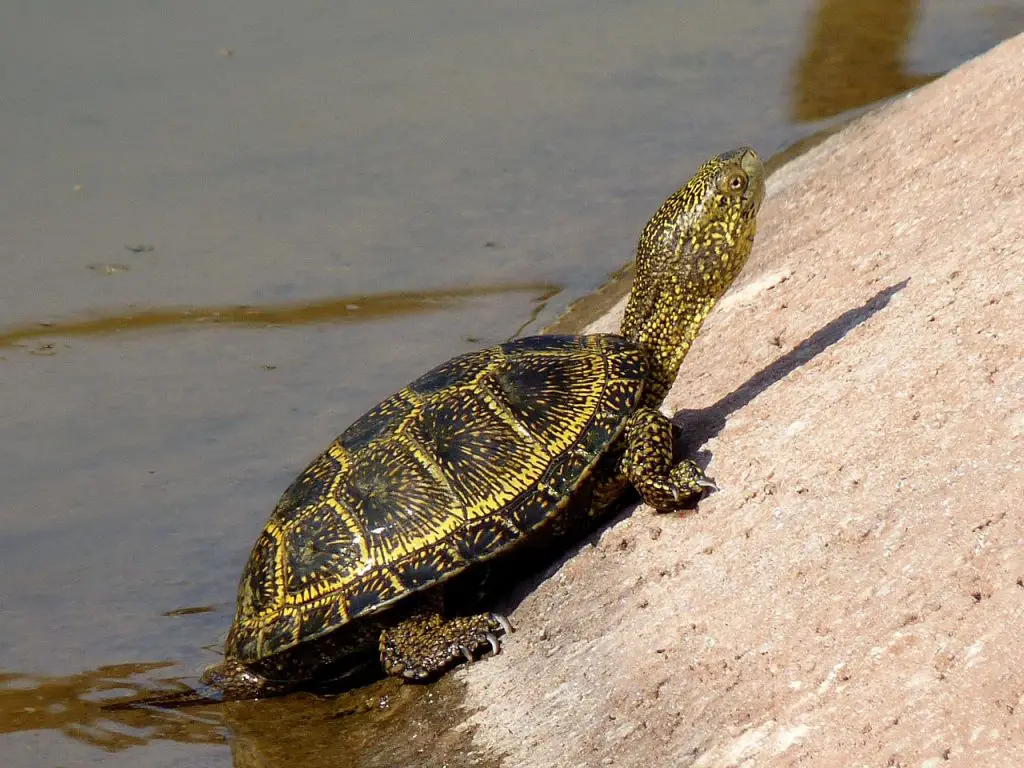
8 Fascinating Turtle Behaviors You Must Know About
| Behavior | Description |
|---|---|
| Drying Off | Turtles frequently come out of water to bask in the sun, which helps strengthen their shells and kill germs. |
| Maze Memory | Turtles have shown remarkable memory skills, especially in navigating mazes, indicating strong memory retention abilities. |
| Dietary Habits | Adult turtles often adopt a vegetarian diet, transitioning from a protein-rich diet in their juvenile stage. |
| Eating Underwater | Aquatic turtles usually eat underwater due to their inability to swallow food on land, as they lack salivary glands and sharp teeth. |
| Messy Eating | Turtles are known to be messy eaters, often leaving uneaten food particles in their tanks, which necessitates regular cleaning. |
| Risk of Drowning | Despite being adept swimmers, turtles need to surface for air and can drown if they are unable to do so. |
| Limited Affection | Turtles generally do not show much affection, preferring not to be handled or touched, especially on their sensitive shells. |
| Picky Eating | Turtles can be picky eaters, often showing a preference for certain foods and refusing to eat if their preferred food is not available. |
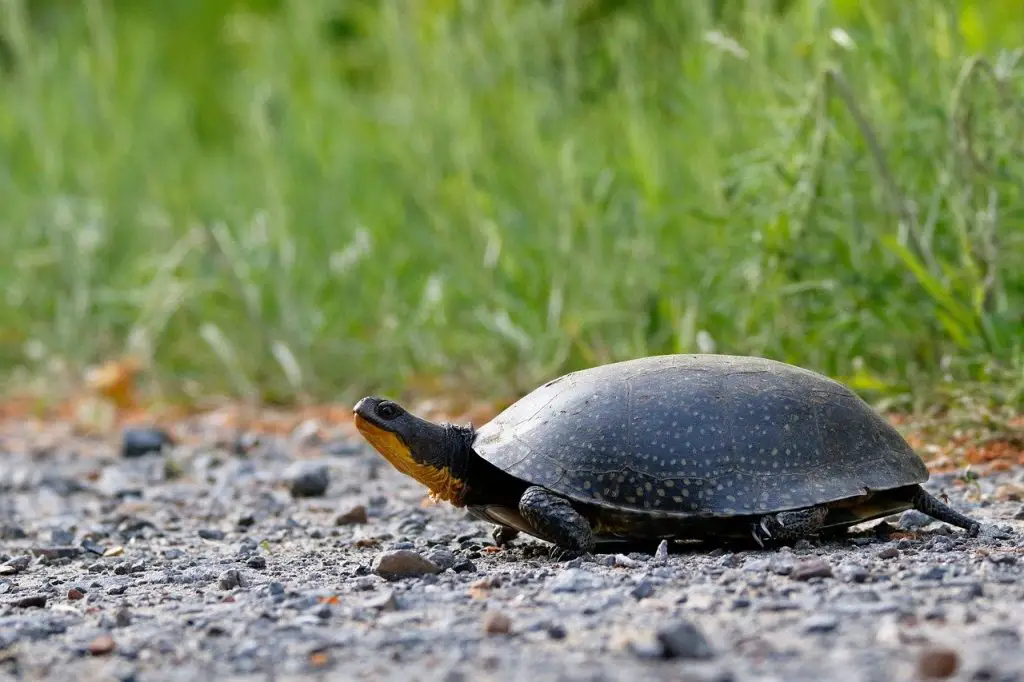
1. Turtles Need To Dry Themselves Off Frequently
Turtles often bask in the sun to dry themselves and absorb essential UV-B rays. This process strengthens their shells and eliminates harmful germs. Despite being skilled swimmers, turtles require sunlight exposure to maintain optimal health. Additionally, basking helps regulate their body temperature, facilitating metabolic functions and digestion.
2. They Are Amazing At Remembering Mazes
Turtles exhibit impressive memory skills, particularly when navigating mazes. Studies have shown that turtles possess remarkable spatial memory, enabling them to efficiently navigate complex environments. This cognitive ability aids in their foraging behavior and helps them remember favored feeding spots.
3. Adult Turtles Often Turn Vegetarian
As turtles mature, their dietary preferences may shift towards a predominantly vegetarian diet. While juvenile turtles require protein-rich foods for growth, adult turtles tend to favor green vegetables. This dietary transition reflects changes in their metabolism and nutritional needs over time.
4. Aquatic Turtles Only Eat Underwater
Aquatic turtles rely on water to facilitate swallowing and digestion. While they may capture prey on land, they typically consume food underwater due to their anatomical adaptations. Water pressure assists in pushing food down their throats, ensuring efficient feeding and digestion.
5. Turtles Love Making A Mess
Turtles are notorious for their messy eating habits, often leaving food remnants scattered in their habitat. Despite their calm demeanor, turtles can be quite mischievous, engaging in behaviors such as tearing apart food and rearranging their surroundings. Proper tank maintenance, including filtration systems, is essential to manage the debris generated by turtles.
6. Turtles Can Drown In The Tank
Contrary to popular belief, turtles require access to both water and dry surfaces to thrive. While they are proficient swimmers, turtles must surface periodically to breathe air. Inadequate access to dry areas within their habitat can pose a drowning risk, emphasizing the importance of providing suitable environments for pet turtles.
Different Swimming Strokes Used By Various Turtle Species
7. They Don’t Show Much Affection
Turtles are not known for their affectionate nature, unlike more traditional pets like dogs or cats. They typically do not enjoy being handled or picked up and may display minimal response to human interaction. It’s essential for potential turtle owners to understand and accept this aspect of turtle behavior before bringing one into their home.
Turtles are particularly sensitive about their shells, which contain nerve endings and serve as a protective structure for their bodies. Handling them improperly can cause stress and discomfort, leading to defensive reactions. Building trust with a turtle takes time and patience, but even with gentle handling, they may not exhibit overt signs of affection.
8. Turtles Can Be Extremely Picky Eaters
Contrary to popular belief, turtles can be quite selective about their food choices. While juvenile turtles may require a diet rich in protein for growth, adult turtles often exhibit preferences for specific foods and may reject unfamiliar or unappealing options. Understanding a turtle’s dietary preferences can be challenging, especially for adult turtles whose feeding history may be unknown.
Introducing a variety of nutritious foods and observing their response can help identify preferred food items. However, some turtles may develop strong preferences that can be difficult to change. It’s important for turtle owners to offer a balanced diet that meets their nutritional needs while accommodating their individual tastes and preferences.
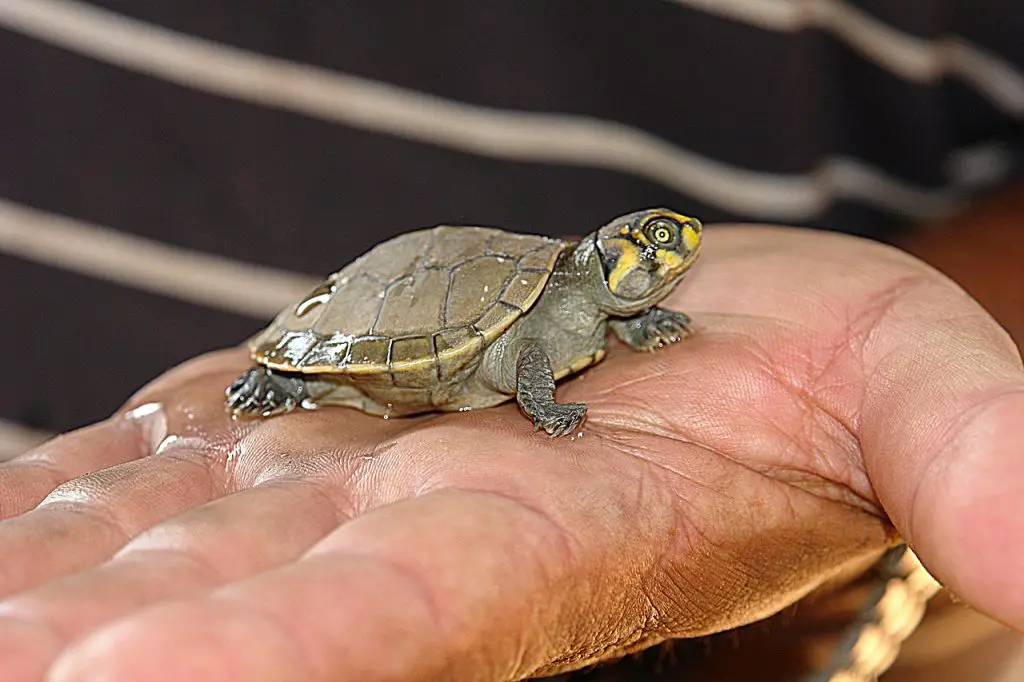
Interesting Turtle Behaviors
- Attraction to Light: Sea turtles are known to use light cues to navigate back to the ocean after nesting. This behavior helps them find their way back to the water safely.
- Defensive Hissing: Box turtles have a unique defense mechanism where they will hiss loudly if they feel threatened. This behavior serves as a warning to potential predators or perceived threats.
- Formidable Predators: Snapping turtles can grow to over 200 pounds and are considered formidable predators. Their size and powerful jaws make them effective hunters in their aquatic habitats.
Key Nesting Behaviors and Habits of Different Turtle Groups
| Turtle Group | Nest Location | Timing of Nesting | Clutch Size | Incubation Period | Sex Determination |
|---|---|---|---|---|---|
| Sea Turtles | High sandy beaches | Late spring-summer | 100-150 eggs | 50-70 days | Temperature-dependent |
| Sliders/Cooters | Sandy or gravel banks | May-July | 5-20 eggs | 60-90 days | Genetic |
| Softshells | Sandy riverbanks | May-July | 20-40 eggs | 60-90 days | Genetic |
| Box Turtles | Forest leaf litter | May-July | 2-12 eggs | 80-90 days | Genetic |
| Wood Turtles | Forest edges | May-July | 4-11 eggs | 70-80 days | Genetic |
| Tortoises | Under bushes/trees | Spring-early summer | 5-20 eggs | 60-120 days | Genetic |
These nesting behaviors and habits vary among different turtle groups and are adapted to their specific environments and reproductive strategies.
Conclusion
Absolutely, turtles are indeed fascinating creatures with unique behaviors and adaptations. However, it’s crucial to approach turtle ownership with realistic expectations and a commitment to providing proper care. As you mentioned, many people may have misconceptions about turtles, leading to disappointment or improper care.
Before deciding to adopt a turtle, it’s essential to thoroughly research their needs, habitat requirements, and behaviors. Understanding the facts about turtles can help ensure a positive and fulfilling experience for both the owner and the pet.
By being well-informed and prepared, prospective turtle owners can create a suitable environment and provide the necessary care for their shelled companions. It’s important to prioritize the welfare of the turtle and be ready to fulfill their needs throughout their long lifespan.
